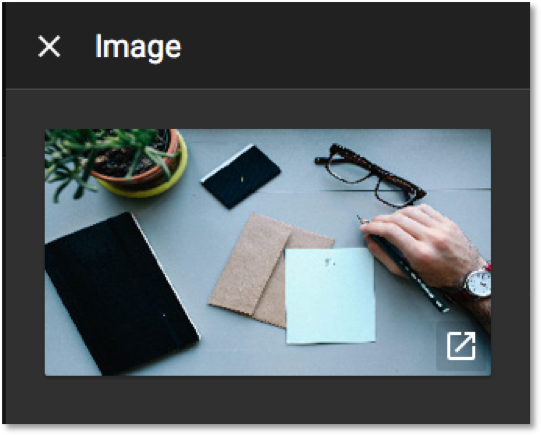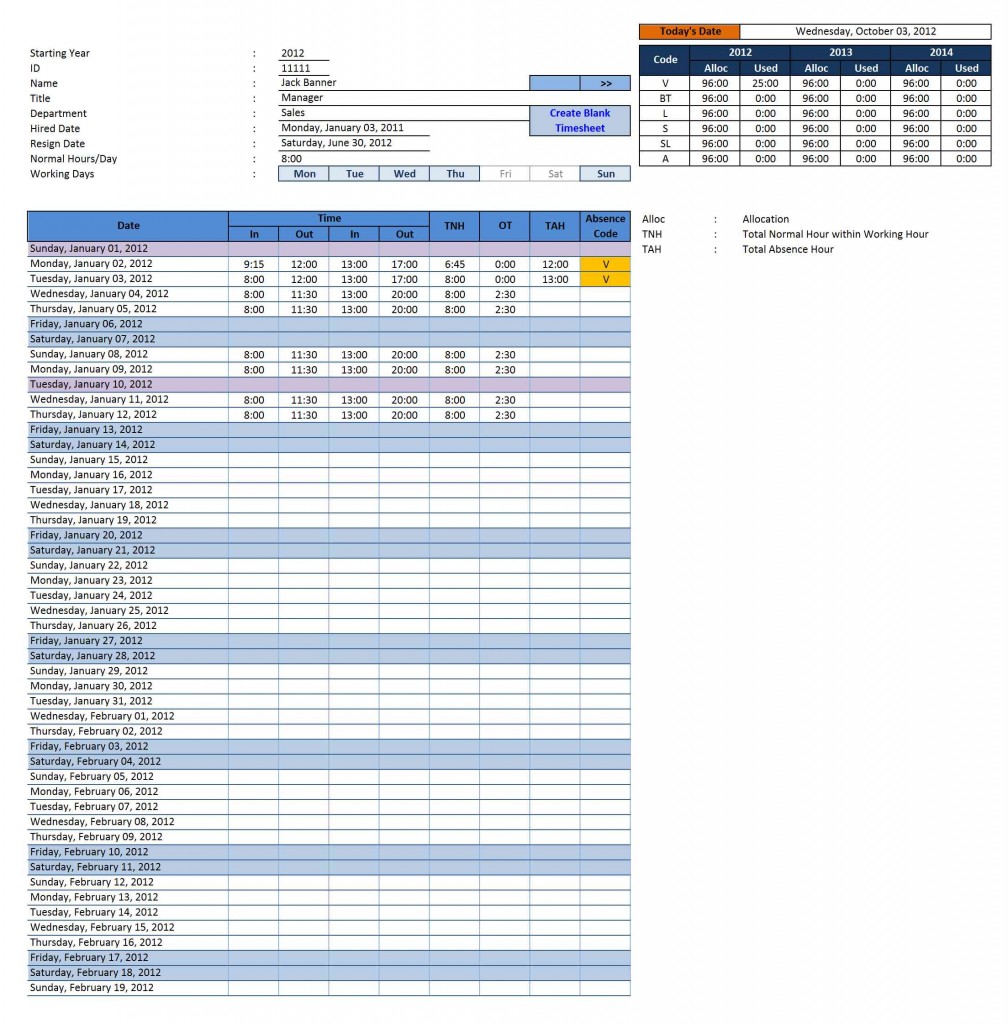
- #Filemaker get file path container field serial numbers#
- #Filemaker get file path container field update#
- #Filemaker get file path container field pro#
- #Filemaker get file path container field code#
- #Filemaker get file path container field download#
If you have several Ruby XML parsers installed, you can specify which one you want Rfm to use by setting the configuration option :parser with one of the supported options (:libxml, :nokogiri, :ox, :rexml). If you want to use one of the other supported parsers (libxml-ruby, nokogiri, ox), just add it to your Gemfile or require it manually. Ginjo-rfm v3 will use the built-in Ruby XML parser REXML by default. If you want the additional features provided by ActiveModel, just add activemodel to your Gemfile (or require it manually). Ginjo-rfm v3 can be run without any other gems, allowing you to create models to interact with your Filemaker servers, layouts, tables, records, and data. gem ' ginjo-rfm ', :git => ' ', :branch => ' master '

You can find the latest development release on github.
#Filemaker get file path container field download#
Download & Installationįind the latest stable release at. You can write simple and powerful stand-alone ruby scripts that use ginjo-rfm to talk to a Filemaker server. Ginjo-rfm works great with Rails, but it does not require Rails.

#Filemaker get file path container field pro#
Since Filemaker Pro client does not support this, Filemaker server is required. Ginjo-rfm will work with any Filemaker server that supports the fmresultset.xml grammar over the http protocol. However ginjo-rfm does not have to be installed on your Filemaker server - it can be installed on any machine that has network/internet access Ginjo-rfm's primary function is to interact with Filemaker Server, Ginjo-rfm should run on any machine with a standard ruby installation. Ginjo-rfm version 3 has been tested successfully on Ruby 1.8.7, 1.9.3, 2.0.0, and 2.1.2. ActiveModel features can be activated by adding activemodel to your Gemfile (or requiring activemodel manually). Version 3 removes the dependency on ActiveSupport and is now a completely independent Gem, able to run most of its core features without requiring any other supporting Gems.
#Filemaker get file path container field code#
Ginjo-rfm picks up from the lardawge-rfm gem and continues to refine code and fix bugs. Query your Filemaker database, browse result records as persistent objects, and create/update/delete records with a syntax similar to ActiveRecord. Rfm is a Ruby-Filemaker adapter, a Ruby Gem that provides an interface between Filemaker Server and Ruby. To preview this file in plain markdown, edit in TextMate andĬhoose Bundles/Markdown/Preview menu option. Github uses markdown or rdoc (maybe others?). To preview this file in yard, run 'rake yard'
#Filemaker get file path container field update#
To update ginjo-rfm's yard documentation from github's master branch,įirst find 'rfm' on, then in list-view click the update button uses yard and can use markdown and other markup languages. Whereas Markdown is just another markup language. I hope that Filemaker fixes this problem in their next update.Yard is not the same as markdown - Yard is for ruby and can use any markup language, Filemaker will then offer you the option to transfer the files to a new location and since the correct path can now be calculated, Filemaker moves the images to the right place on the server. Another solution is to slightly change the server import path calculation so that nothing fundamentally changes. First, import the picture normally and then import the same files again, but this time only import the image and use the option “Updating matching records in found set”. I could only think about two methods of resolving the problem. Once the import is complete, the image_path_during_import field shows the correct data and also the server path can be calculated. That means that the field image_path_during_import is still empty while the image is placed on the server. The problem is that image file itself seems to get imported into Filemaker before the file path field does. I defined a field called “image_path_during_import” which is filled with the path of the images stored on my local file system: I wrote a formula that calculates the right path for the server location based on the file path field that I fill during the import of the images. Photos that are locally in a folder called “photos_100” should also be stored in a directory with the same name on the server. I wanted to calculate the path depending on where the file was stored on my local file system. You find this setting in the options of the container field under the storage tab:
#Filemaker get file path container field serial numbers#
If you import two files with the same file name then Filemaker will automatically add serial numbers to it to avoid overwriting matching files.įilemaker allows you to calculate the path under which a container field is stored on an external data source. The file name will be the same was it was on your local disk.

If you, for example, use the directory “image/” to store all your photos, then all images will be put into it without any sub directories. By default Filemaker stores all the files for an externally stored container field in just one flat directory structure.


 0 kommentar(er)
0 kommentar(er)
